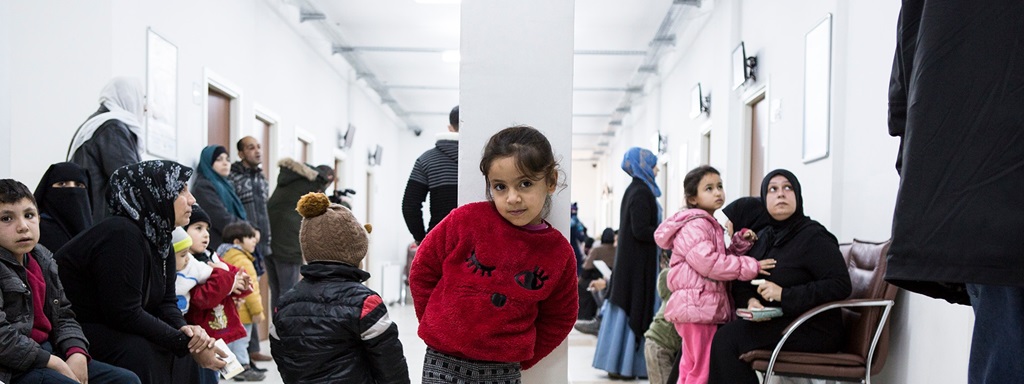The World Health Organization (WHO) has unveiled a new tool to enhance global efforts in addressing the health needs of refugees and migrants. To mark International Migrants Day 2024, WHO introduced the Dashboard of Global Experiences on Refugee and Migrant Health. This resource highlights progress made by 63 Member States in implementing the WHO Global Action Plan (GAP) on the Health of Refugees and Migrants 2019–2030.
The dashboard compiles 140 cases and experiences recorded between 2022 and 2023. It provides an in-depth look at how countries are tackling the health challenges faced by displaced populations. By showcasing successes and lessons learned, the tool aims to promote knowledge-sharing and collaboration across borders.
What is the purpose of the WHO Dashboard?
According to Dr. Santino Severoni, Director of WHO’s Health and Migration Department, the dashboard is designed to address critical health challenges faced by over one billion people on the move globally. These individuals, driven by conflict, climate disasters, and economic struggles, often face barriers to accessing healthcare. “Ensuring that refugees and migrants receive timely, affordable, and dignified healthcare is essential for achieving health for all,” Dr. Severoni emphasized.
The innovative dashboard is not just a record of achievements; it also highlights the difficulties Member States encounter while implementing health systems and policies tailored to refugees and migrants. By addressing these gaps, WHO hopes to foster stronger partnerships and inspire innovative solutions to improve healthcare for displaced populations.
As the international community observes International Migrants Day, this initiative underscores the importance of collective action. The dashboard serves as a reminder that addressing the health needs of refugees and migrants is a shared responsibility requiring global cooperation.
For those interested in exploring this groundbreaking resource, the WHO Dashboard of Global Experiences on Refugee and Migrant Health is now available online. It provides valuable insights into how countries are advancing health equity for displaced communities.

